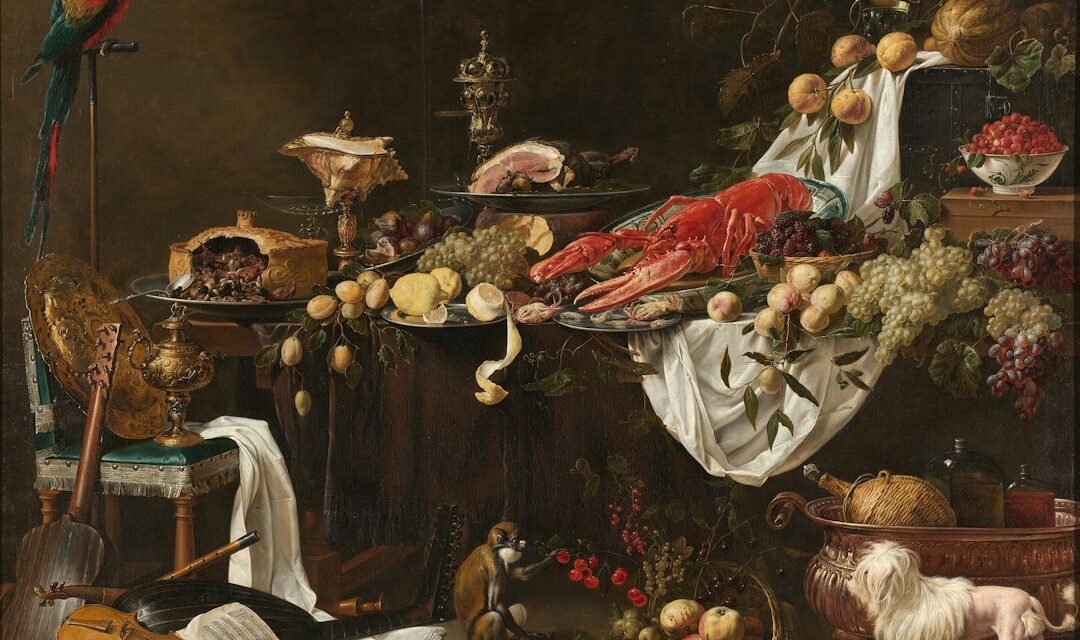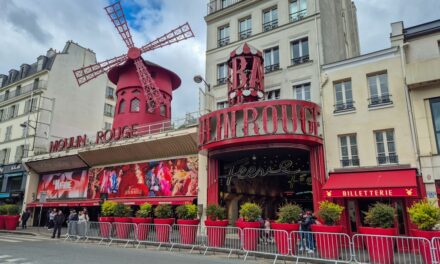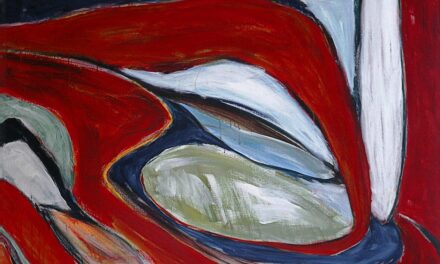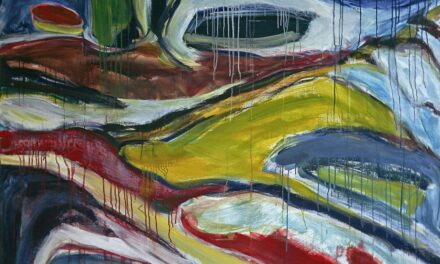Caravaggio, born Michelangelo Merisi in Milan, Italy, in 1571, was the son of Fermo Merisi, a household administrator and architect-decorator to the Marchese of Caravaggio, from whom the artist derived his name. Whilst little is known about Caravaggio’s early life, it is believed that he commenced his artistic training as an adolescent in Milan. In his early twenties, he relocated to Rome, where he swiftly established himself as a talented and innovative painter.
Caravaggio’s training in Milan likely encompassed the study of works by Leonardo da Vinci and other prominent artists of the era. His move to Rome in the late 1590s afforded him the opportunity to further develop his skills and style, as he was exposed to the works of Raphael, Michelangelo, and other leading artists of the Italian Renaissance. During this period, Caravaggio began to develop his distinctive style, characterised by dramatic use of chiaroscuro, intense emotional realism, and a focus on ordinary people and everyday scenes.
This unique approach to painting distinguished him from his contemporaries and established him as one of the most influential artists of his time.
Summary
- Caravaggio was born in Milan in 1571 and trained as a painter in Lombardy before moving to Rome in his early twenties.
- His style was heavily influenced by the naturalism of Leonardo da Vinci and the dramatic lighting of the Venetian school, leading to his signature use of chiaroscuro.
- Caravaggio’s notable works include “The Calling of Saint Matthew” and “The Supper at Emmaus”, where he employed his revolutionary use of light and shadow to create intense, emotional scenes.
- Caravaggio’s tumultuous personal life, including his involvement in brawls and even a murder, led to numerous controversies and scandals throughout his career.
- Despite his controversies, Caravaggio’s impact on the Baroque movement and his innovative use of light and shadow have left a lasting legacy in the art world.
Influences and Style
Innovative Use of Chiaroscuro
His use of chiaroscuro, or the dramatic contrast between light and dark, was a defining feature of his work and added a sense of drama and depth to his paintings.
A New Approach to Figurative Art
Caravaggio’s style was also characterised by his use of ordinary people as models for his religious and mythological scenes. He often depicted them with a raw and unidealised realism, which was a departure from the traditional portrayal of figures in art at the time. This approach brought a new level of emotional intensity and immediacy to his work, as well as a sense of empathy and compassion for his subjects.
A Sense of Intimacy and Realism
Caravaggio’s use of light and shadow, combined with his focus on ordinary people, created a sense of intimacy and realism that set his work apart from that of his contemporaries.
Notable Works and Techniques

Caravaggio’s most famous works include “The Calling of Saint Matthew,” “The Conversion of Saint Paul,” “The Supper at Emmaus,” and “The Death of the Virgin.” These paintings are notable for their dramatic use of light and shadow, as well as for their emotional intensity and realism. In “The Calling of Saint Matthew,” for example, Caravaggio used light to draw attention to the figures in the painting, creating a sense of drama and immediacy. Similarly, in “The Supper at Emmaus,” he used light to highlight the emotional reactions of the figures in the scene, adding a sense of depth and intensity to the painting.
Caravaggio’s techniques were also innovative in their use of perspective and composition. He often placed his figures close to the picture plane, creating a sense of immediacy and intimacy for the viewer. This approach allowed him to create a more direct connection between the viewer and the subjects of his paintings, adding to the emotional impact of his work.
Caravaggio’s use of ordinary people as models also contributed to the realism and emotional intensity of his paintings, as it allowed him to capture a wider range of human experiences and emotions.
Controversies and Scandals
Caravaggio’s life was marked by controversy and scandal, both personal and professional. He was known for his volatile temper and confrontational nature, which often led to conflicts with patrons, fellow artists, and even the law. In 1606, he was involved in a fatal brawl that resulted in the death of a young man, forcing him to flee Rome and seek refuge in Naples.
This incident marked a turning point in Caravaggio’s life, as he spent the rest of his days on the run from the law and embroiled in various legal troubles. In addition to his personal troubles, Caravaggio’s work also sparked controversy due to its unconventional style and subject matter. His use of ordinary people as models for religious scenes was seen as scandalous by some, as it challenged traditional notions of beauty and idealism in art.
Furthermore, his dramatic use of light and shadow was considered radical at the time, leading to criticism from some quarters. Despite these controversies, Caravaggio’s work continued to attract attention and admiration from artists and patrons alike.
Legacy and Impact
Caravaggio’s impact on the art world was profound and far-reaching. His innovative use of light and shadow, combined with his focus on ordinary people and everyday scenes, had a lasting influence on the development of Baroque art. His work inspired a new generation of artists who sought to capture the raw emotion and drama of human experience in their paintings.
Caravaggio’s influence can be seen in the works of artists such as Rembrandt, Rubens, and Velázquez, who adopted his use of chiaroscuro and emotional realism in their own paintings. Caravaggio’s legacy also extends to modern art, where his influence can be seen in the works of artists such as Francis Bacon and Caravaggio himself has been celebrated in numerous exhibitions around the world, cementing his status as one of the most important artists in the history of Western art.
Caravaggio’s Personal Life

A Fatal Brawl and Its Consequences
In 1606, he was involved in a fatal brawl that resulted in the death of a young man, forcing him to flee Rome and seek refuge in Naples.
Controversy Surrounding His Work
This incident marked a turning point in Caravaggio’s life, as he spent the rest of his days on the run from the law and embroiled in various legal troubles. In addition to his personal troubles, Caravaggio’s work also sparked controversy due to its unconventional style and subject matter. His use of ordinary people as models for religious scenes was seen as scandalous by some, as it challenged traditional notions of beauty and idealism in art.
A Radical Artistic Style
Furthermore, his dramatic use of light and shadow was considered radical at the time, leading to criticism from some quarters. Despite these controversies, Caravaggio’s work continued to attract attention and admiration from artists and patrons alike.
Recognition and Appreciation
Despite the controversies that surrounded him during his lifetime, Caravaggio’s work has been widely recognised and appreciated throughout history. His innovative use of light and shadow, combined with his focus on ordinary people and everyday scenes, had a lasting influence on the development of Baroque art. His work inspired a new generation of artists who sought to capture the raw emotion and drama of human experience in their paintings.
Caravaggio’s influence can be seen in the works of artists such as Rembrandt, Rubens, and Velázquez, who adopted his use of chiaroscuro and emotional realism in their own paintings. Caravaggio himself has been celebrated in numerous exhibitions around the world, cementing his status as one of the most important artists in the history of Western art. His impact on modern art can also be seen in the works of artists such as Francis Bacon who drew inspiration from Caravaggio’s dramatic use of light and shadow.
In conclusion, Caravaggio’s life was marked by controversy and scandal but his impact on art has been profound. His innovative use of light and shadow, combined with his focus on ordinary people and everyday scenes had a lasting influence on Baroque art. Despite personal troubles that plagued him throughout his life, Caravaggio’s work has been widely recognised and appreciated throughout history.
His legacy continues to inspire artists around the world today.
If you are interested in learning more about the art movement of Expressionism, you should check out the article on Think of Art titled “Expressionism: A Guide to the Art Movement.” This article provides a comprehensive introduction to Expressionism, discussing its origins, key artists, and notable works. It is a great resource for anyone looking to deepen their understanding of this influential artistic movement. https://thinkofart.com/expressionism/
FAQs
Who was Caravaggio?
Caravaggio, whose real name was Michelangelo Merisi, was an Italian Baroque artist born in 1571 in Milan. He is known for his revolutionary use of light and shadow in his paintings and for his dramatic and realistic portrayal of his subjects.
What is Caravaggio known for?
Caravaggio is known for his use of chiaroscuro, a technique that uses strong contrasts between light and dark to create a sense of volume and drama in his paintings. He is also known for his realistic and often gritty portrayal of his subjects, as well as his influence on the Baroque art movement.
What are some of Caravaggio’s most famous works?
Some of Caravaggio’s most famous works include “The Calling of Saint Matthew,” “The Conversion of Saint Paul,” “The Supper at Emmaus,” and “The Beheading of Saint John the Baptist.” These paintings are renowned for their dramatic use of light and shadow and their intense emotional impact.
What was Caravaggio’s impact on the art world?
Caravaggio’s innovative use of light and shadow and his realistic portrayal of his subjects had a profound impact on the art world. His work is often credited with influencing the Baroque art movement and inspiring generations of artists to come.
What was Caravaggio’s personal life like?
Caravaggio led a tumultuous and often controversial personal life, marked by violent altercations and legal troubles. He was known for his fiery temper and his involvement in various brawls and criminal activities. Despite his artistic success, he lived a troubled and turbulent life, and he died at the young age of 38.




